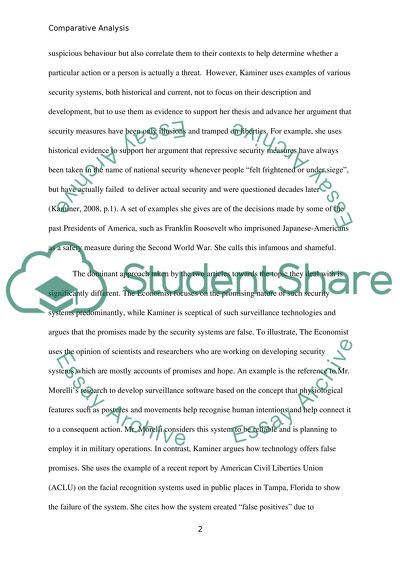Cite this document
(“Analysis of Surveillance Systems Essay Example | Topics and Well Written Essays - 1250 words - 7”, n.d.)
Analysis of Surveillance Systems Essay Example | Topics and Well Written Essays - 1250 words - 7. Retrieved from https://studentshare.org/information-technology/1681823-comparative-analysis
Analysis of Surveillance Systems Essay Example | Topics and Well Written Essays - 1250 words - 7. Retrieved from https://studentshare.org/information-technology/1681823-comparative-analysis
(Analysis of Surveillance Systems Essay Example | Topics and Well Written Essays - 1250 Words - 7)
Analysis of Surveillance Systems Essay Example | Topics and Well Written Essays - 1250 Words - 7. https://studentshare.org/information-technology/1681823-comparative-analysis.
Analysis of Surveillance Systems Essay Example | Topics and Well Written Essays - 1250 Words - 7. https://studentshare.org/information-technology/1681823-comparative-analysis.
“Analysis of Surveillance Systems Essay Example | Topics and Well Written Essays - 1250 Words - 7”, n.d. https://studentshare.org/information-technology/1681823-comparative-analysis.


